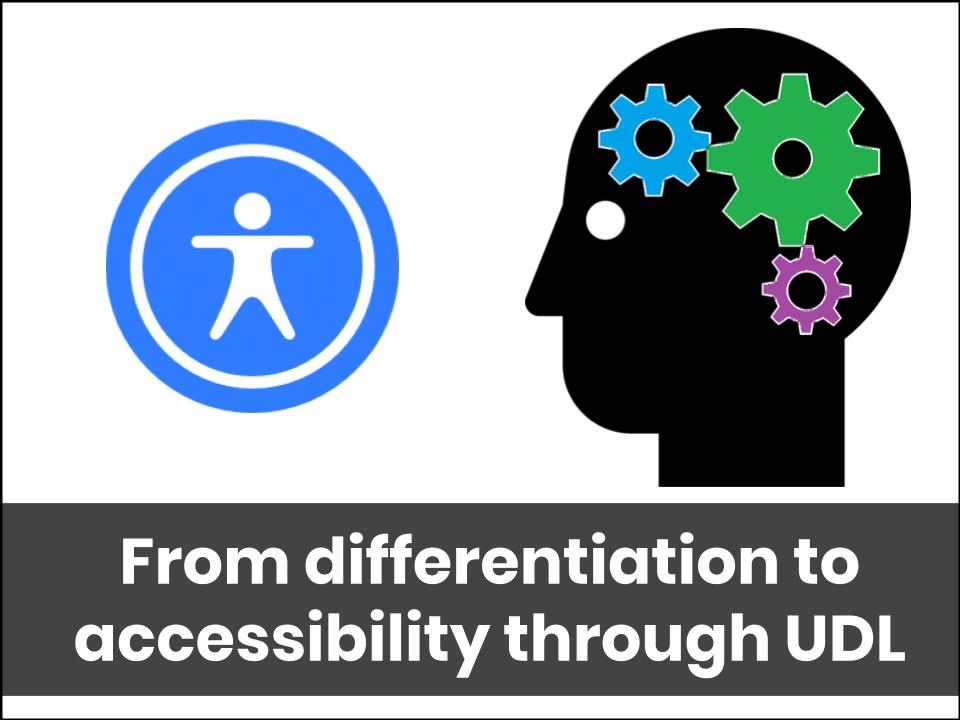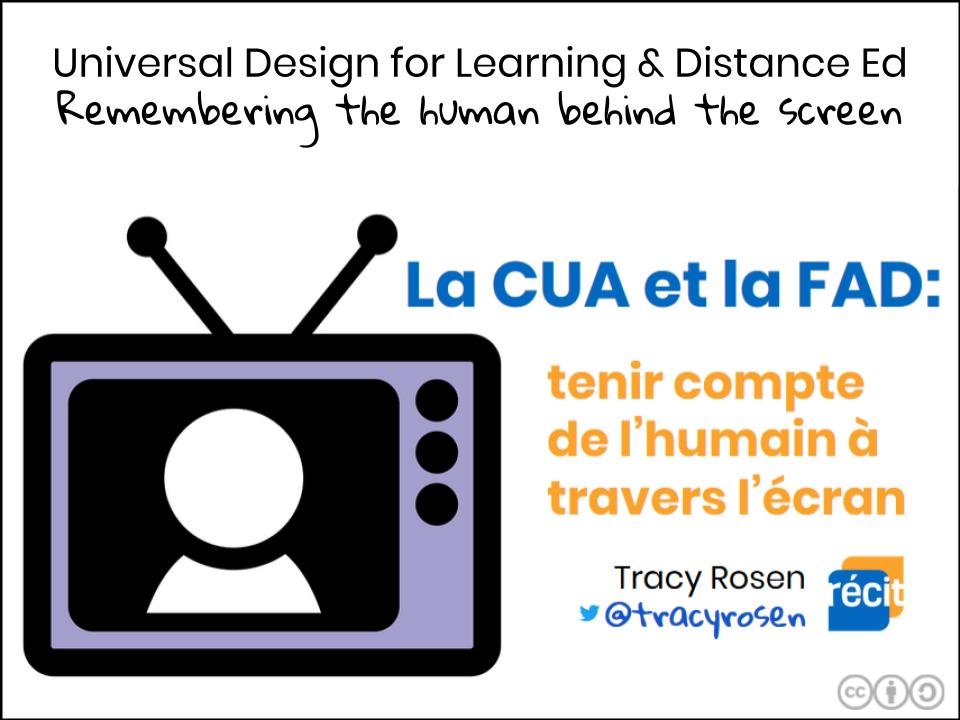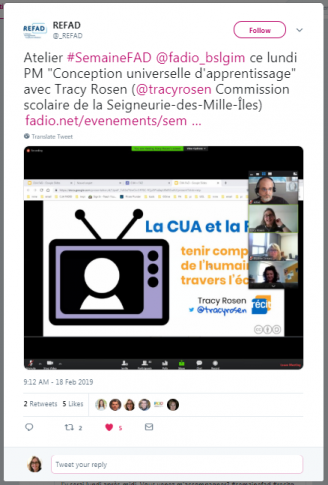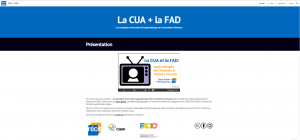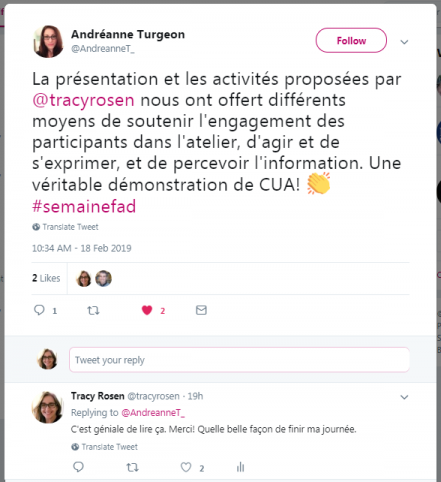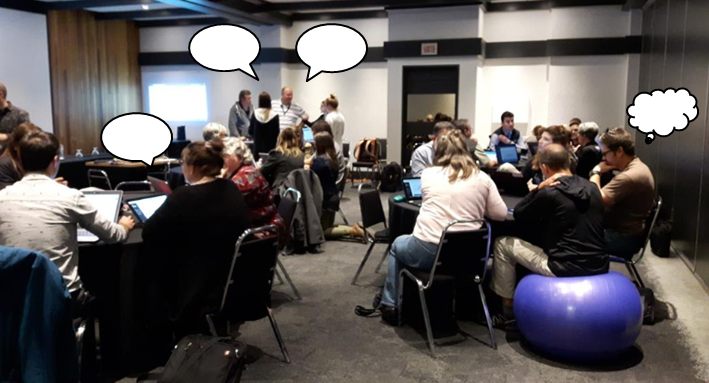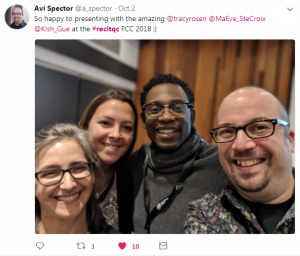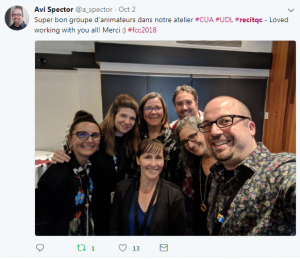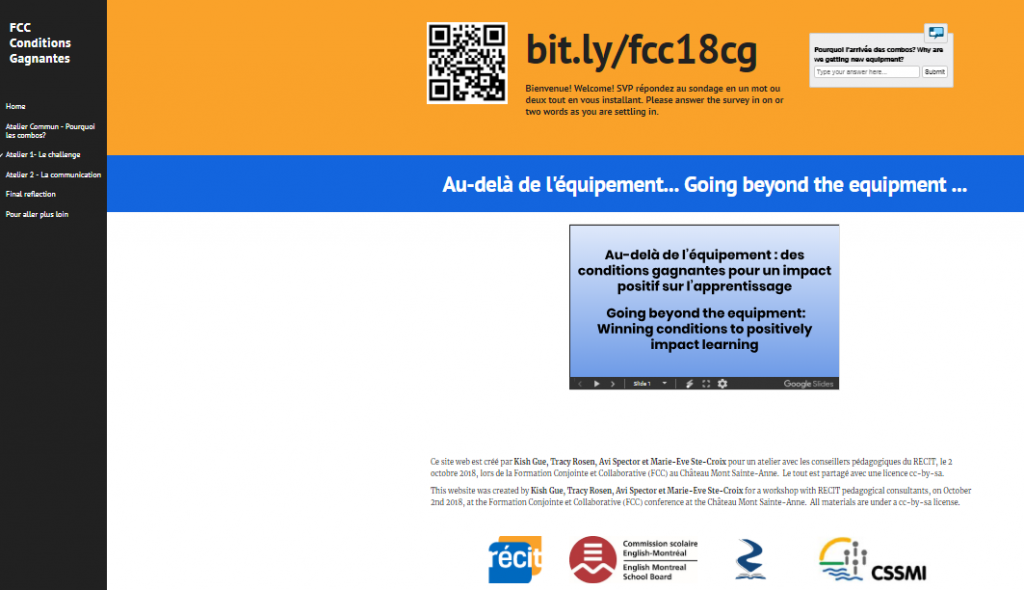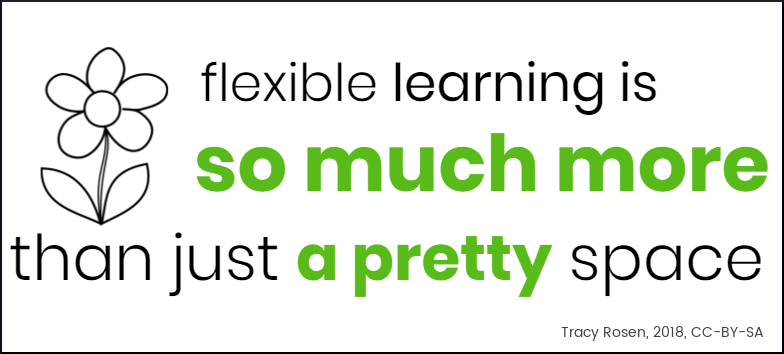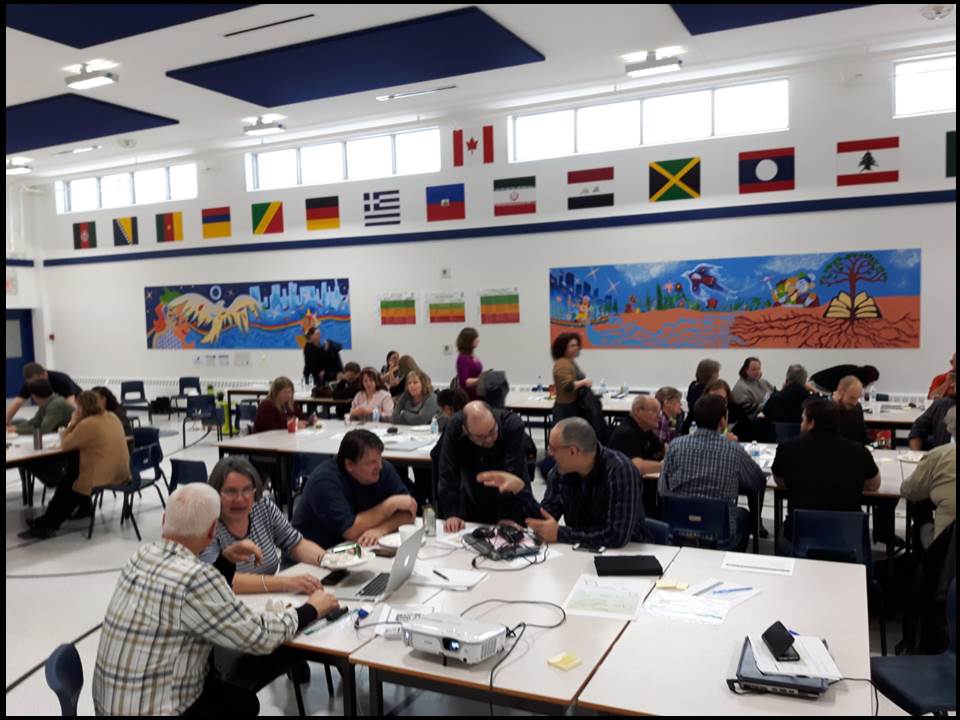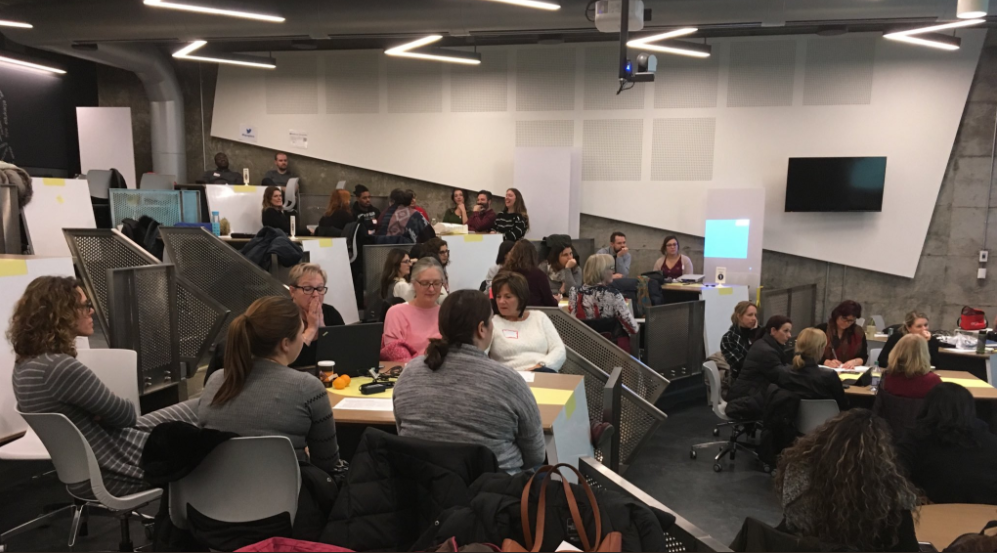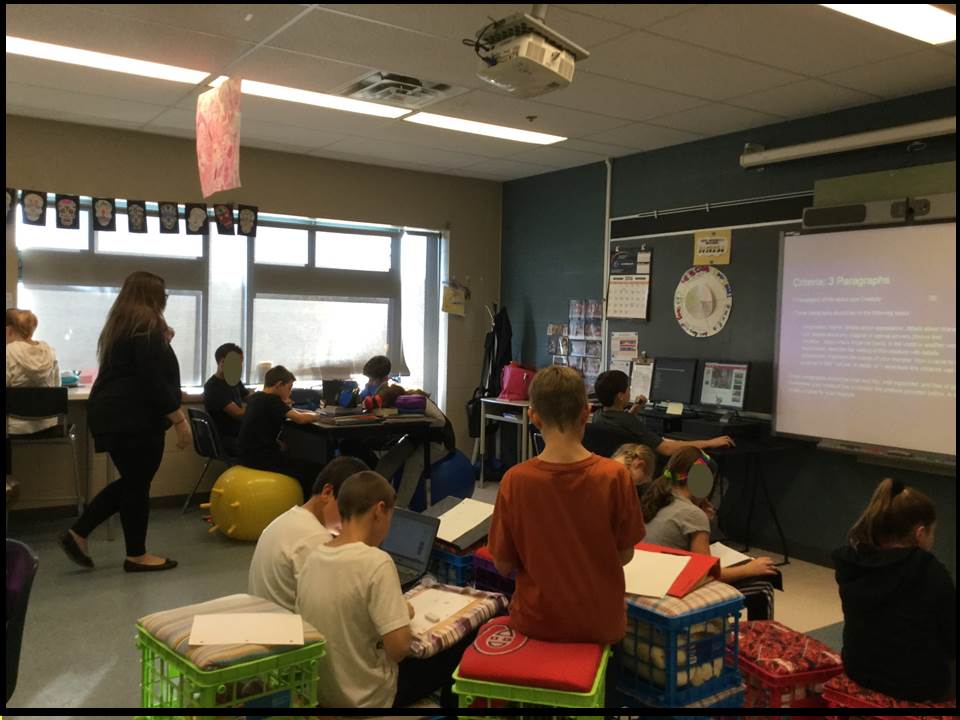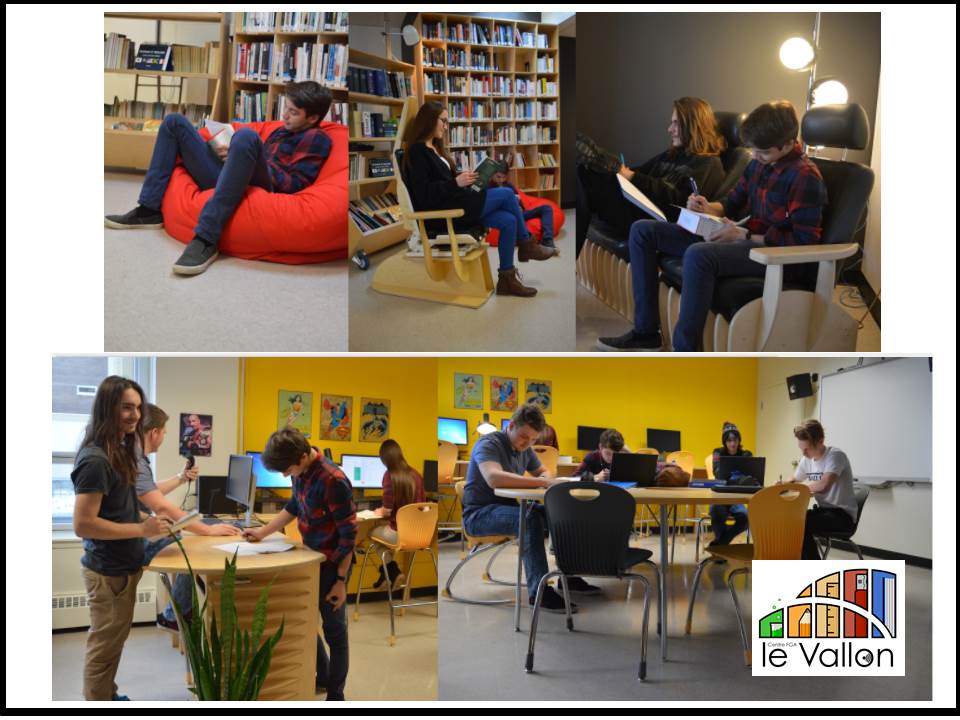From differentiation to accessibility through Universal Design.
I have been thinking and talking a lot about accessibility this year. As teachers, we want our students to be successful in our classrooms, in our schools and centres, in whatever their goals are. But how do we do this? Concretely, what do we do to ensure that this happens?
For many, the quick answer is through differentiation – when we tailor instruction to meet the individual needs of our students.
With differentiation, we get to know our students needs and/or learning styles so we can create lessons, activities, or environments that cater specifically to those needs.
Focusing solely on differentiation can be problematic on a variety of levels:
- Differentiation is reactive – it begins after meeting our students
- …(What happens when we have continuous intake of students like we do in many adult education centres?)…
- Differentiation entails a lot of work that happens while we are with our students in order to modify lessons and instruction to accommodate a variety of individual needs as they are presented to us.
- Designing lessons based on individual learning styles is not backed by evidence of improved learning – in other words, if we focus on individual learning styles it is a lot of work that is not proven to be worthwhile.
Where does accessibility come in? Well, it doesn’t. At least, not right away. In fact, I’d even argue that with differentiation, we are looking more at accommodation than at accessibility.
When we train our focus on accessibility, we can use frameworks like Universal Design to anticipate possible obstacles to learning in our lessons and environments and then design them away before the students can encounter them.
I think that both universal design and differentiation have similar motivations:
- Empathy for the learner experience
- A focus on choice and flexibility
- An understanding and acceptance of multiple access points to learning
Their differences lie within their approaches.
With differentiation, we respond directly to individual needs. But we have to wait until these needs are presented to us in order to respond so it is a reactive approach.
With universal design, we anticipate obstacles and get rid of them so that the largest number of people can access the learning. It is not directly focused on the individual but on the collective, yet in a way that honours the individual.
I found differentiation exhausting as a teacher. Mainly because so much of the work had to happen once I met my students. When I started to move my focus towards creating learning environments and situations with multiple access points from the get-go, before I even met my students, I found that I was actually better at meeting individual needs than when I was working so hard trying to differentiate based on them! It was still a lot of work but much of the work could happen before I was ‘live’ with the students, which made things much easier.
As I wrote at the top, I have been thinking and talking a lot about these ideas lately. How we widen access to learning – especially in a context like adult education where we may only be with our students for a short while – is becoming increasingly important for me and the people I work with. I see accessibility being directly tied to empathy and, ultimately, respect for our students and their learning experiences.
Here are two videos I made recently based on some workshops I gave this year, some on my own and one with my colleague Sandra Laine of the RECIT service national, domaine des langues.
Part 1 answers the question Why Universal Design for Learning?:
Part 2 answers the question What is Universal Design for Learning? And it addresses some differences between UDL and Differentiation.
These videos were originally created for an article I wrote with Emilie Bowles, RECIT regional service to general adult education, for a special edition of the Carrefour FGA newsletter on Universal Design for Learning (pp. 11-13)
For more discussion about UDL and Differentiation:
UDL and Differentiation and how they are connected
Distinctions between accommodation and accessibility
Similarities and differences between Universal Design for Learning and Differentiated Instruction

